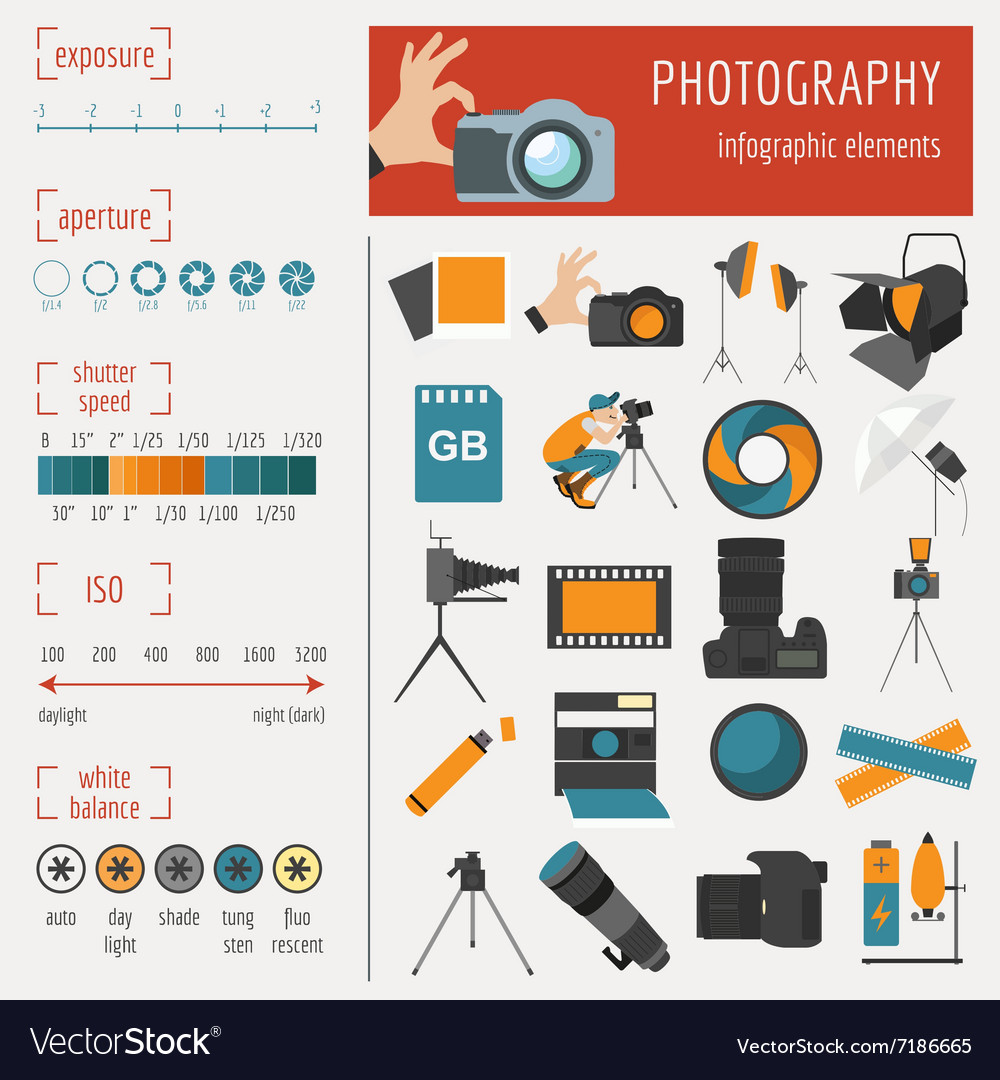What Every Professional Photographer Ought To Know About Illumination
What Every Professional Photographer Ought To Know About Illumination
Blog Article
Developed By-Caldwell Isaksen
As a professional photographer, you recognize that lighting can make or damage your photos. Recognizing the subtleties of both all-natural and man-made light is necessary for recording the state of mind and clarity you aim for in your job. Whether you're going after the best golden hour glow or fine-tuning your artificial setups, understanding these aspects can boost your digital photography significantly. Yet there prevail pitfalls that numerous overlook, and identifying them can transform your method to every shoot. Let's explore what you could be missing out on and exactly how it can affect your results.
Recognizing All-natural Light
Comprehending all-natural light is vital for any type of photographer seeking to enhance their job. It's the foundation of wonderful photography, affecting state of mind, tone, and quality. When you fire outdoors, take note of the moment of day. The gold hour-- quickly after daybreak and prior to sundown-- provides soft, cozy light that can change normal scenes into magnificent images.
Do not ignore the power of cloudy days. Cloud cover diffuses sunshine, creating a soft, also light that's perfect for pictures and macro photography. You'll find shades pop in this sort of lights without harsh darkness.
Placing issues, too. Always consider your subject's positioning to the source of light. If the sun's behind your subject, you may wind up with a shape, which can be remarkable yet mightn't be what you desire. On the other hand, straight sunshine can develop unflattering darkness.
https://www.nytimes.com/2020/03/17/style/face-mask-coronavirus.html with angles; often, transforming your point of view can generate outstanding results. Use natural reflectors, like water or sand, to bounce light onto your topic, including dimension.
Learning Artificial Light
Grasping artificial light is necessary for professional photographers who intend to take their skills to the next level. Whether you're using speedlights, workshop strobes, or continual lights, comprehending exactly how to control these resources can significantly enhance your images.
Start by familiarizing yourself with the basics of light top quality, instructions, and shade temperature. Trying out various modifiers like softboxes, umbrellas, or grids to control the softness or harshness of the light.
You'll locate that soft light typically creates flattering outcomes, while harsher light can add drama and deepness. Don't avoid darkness; they can improve the three-dimensionality of your subjects.
Pay attention to the placement of your lights. A light positioned as well close to your subject can create unflattering outcomes, while too far can result in an absence of detail. Utilize a light meter or your camera's histogram to ensure you're revealing properly.
https://telegra.ph/Common-Errors-New-Photographers-Make-And-Exactly-How-To-Avoid-Them-01-08-2 but not least, remember that fabricated light can be combined with ambient light for creative impacts. Balancing these sources might take technique, once you master it, your digital photography will truly radiate.
Techniques for Different Circumstances
When you step into different capturing scenarios, adapting your lights techniques is essential for catching the most effective images. For outside portraits, make use of the gold hour-- morning or late afternoon light-- to soften shadows and boost skin tones.
If it's a rough lunchtime sun, consider utilizing a reflector to bounce light back onto your topic or seek shaded areas for a more also exposure.
In low-light circumstances, like indoor occasions, boost your ISO and utilize a vast aperture to let in even more light. A tripod can aid get rid of electronic camera shake, enabling longer direct exposures without obscuring.
If you're contending evening, try out off-camera flash to create dynamic illumination and depth in your images.
For item photography, make use of diffused lights to prevent severe reflections. Softboxes or light camping tents can aid achieve this impact.
When photographing landscapes, think about the instructions of light and time of day, as it can dramatically alter the state of mind of your shot.
Constantly prepare to change your settings and positioning based on the circumstance, as adaptability is vital to mastering lighting in photography.
Final thought
Finally, understanding illumination is key to boosting your photography skills. Embrace all-natural light's elegance throughout gold hour, and don't avoid experimenting with artificial light strategies. By adapting your method to various circumstances, you'll record spectacular photos that reverberate with feeling and clarity. Keep in mind, the appropriate lights can transform a common shot into something phenomenal, so keep exercising and improving your understanding of both all-natural and fabricated light. Satisfied shooting!
